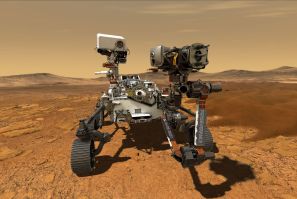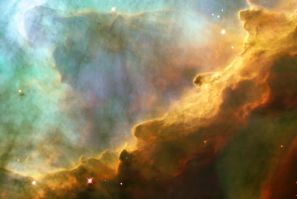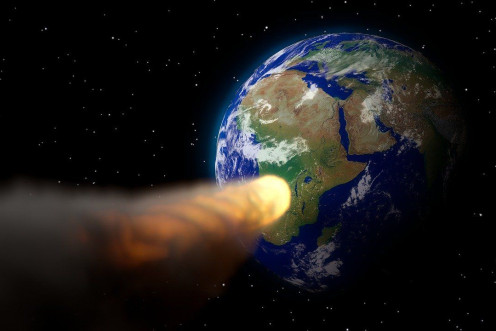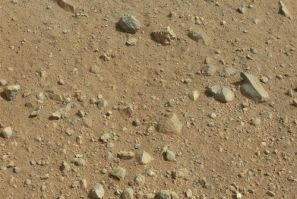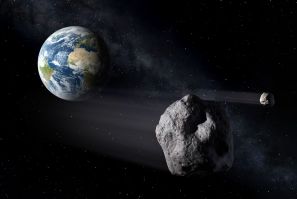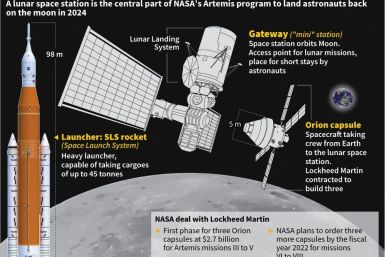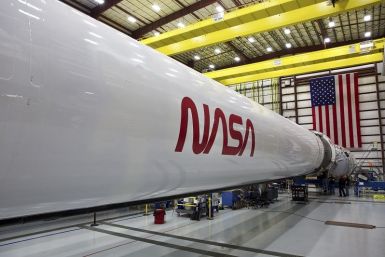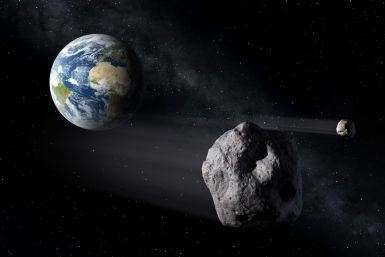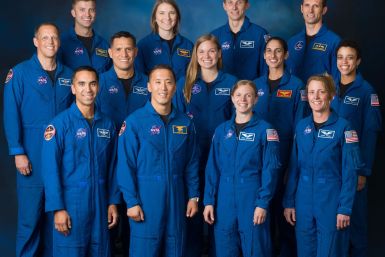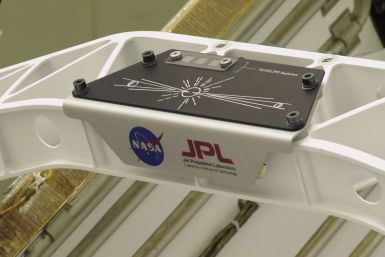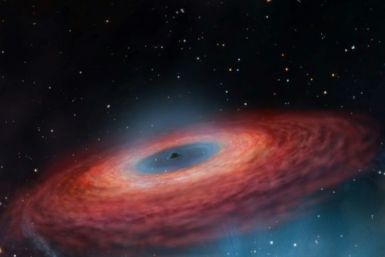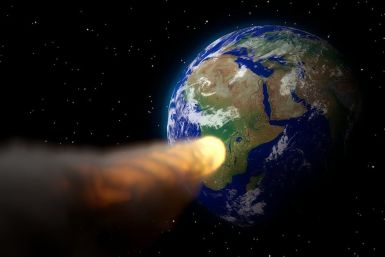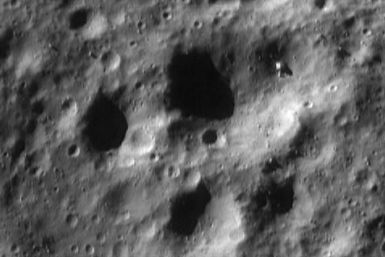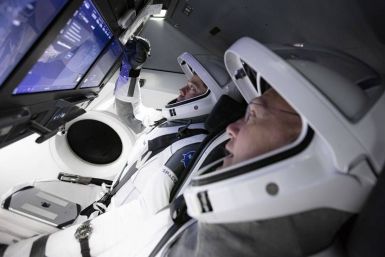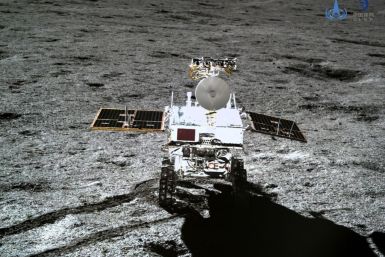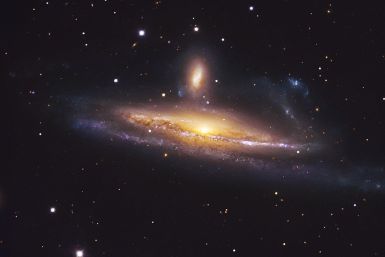A new report by NASA revealed how the agency plans to maintain a sustained presence on the Moon.
NASA has tested a new instrument that’s designed to monitor volcanic and seismic activities from space.
According to NASA, 'the worm' has not retired but was actually just resting for the next chapter of space exploration.
NASA is currently monitoring a building-sized asteroid that’s expected to approach Earth tomorrow.
NASA has reportedly told employees to stop using the teleconferencing app, as well.
NASA has officially concluded the application period for its astronaut program.
Scientists from NASA revealed the meaning of the secret message the Perseverance rover will bring to Mars in its upcoming mission.
A team of astronomers was able to uncover the missing link in the evolution of supermassive black holes.
NASA is joining the fight against the destructive locust swarms that are currently ravaging across Africa.
NASA’s Center for Near-Earth Object Studies (CNEOS) has detected two asteroids that are expected to approach Earth tomorrow.
A UFO expert claimed to have spotted an alien base on the second-largest known near-Earth asteroid. According to the expert, NASA may not have realized that it photographed an alien structure on the massive space rock.
NASA has carried out the final test for the helicopter that it will use for its upcoming Mars mission. It will serve as the first aircraft to fly on a different planet.
NASA and the Japan Aerospace Exploration Agency (NASA) has added two crew members to SpaceX’s first official human spaceflight to the International Space Station (ISS). The upcoming mission will be carried out through the company’s Crew Dragon spacecraft.
NASA’s asteroid tracking system is currently monitoring a building-sized space rock that’s expected to approach Earth in April. According to the data collected by the agency, the asteroid is big enough and is moving fast enough to cause a major impact event on the planet.
A UFO expert claimed to have spotted a reptile-looking alien creature on Mars. According to the expert, the alleged creature may have lived alongside the intelligent race of alien beings that lived on the Red Planet.
NASA has introduced a new mission that will study how the Sun generates massive solar storms. Aside from understanding how solar emissions work, the mission also aims to provide new information that can protect astronauts from cosmic radiation emitted by the Sun.
A security expert addressed the growing concerns over the increasing presence of China on the Moon. Recently, a U.S. lawmaker warned that China’s missions to the Moon could be used for military purposes.
NASA has unveiled the major component that would ensure the success of its upcoming asteroid redirection mission. This expedition would determine if it would be possible to deflect an approaching asteroid to save Earth from a major impact event.
NASA is currently monitoring two asteroids that are currently headed for Earth.
NASA’s Center for Near-Earth Object Studies (CNEOS) is currently monitoring four asteroids that are currently headed for Earth.
NASA recently observed a massive distant galaxy using its Chandra X-ray Observatory.
NASA has successfully included over 10.9 million names to its latest rover that was designed to explore Mars.



